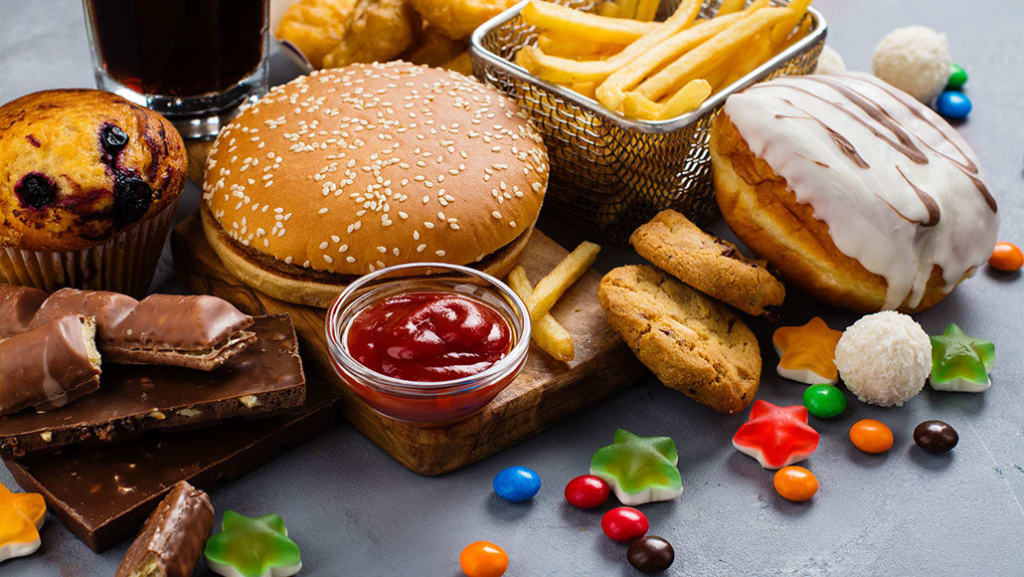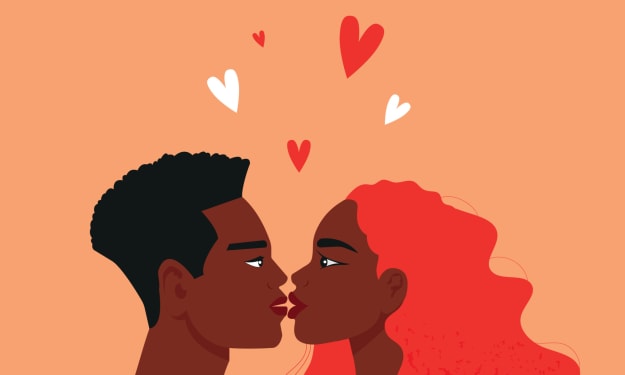
The world is full of different foods, every culture, region and era has their own distinct cuisine. But what makes some food taste good and other food taste bad and why do different people like different foods?
Let's start from the beginning.
When you chew food it is broken down into small pieces, these pieces are then broken down into even smaller pieces by enzymes contained in your saliva. These small particles of food then move over your papillae, which are small bumps coating your entire tongue, each papillae contains between 50 and 100 taste cells folded together like the petals of a young flower about to bloom. Hence the name taste buds.
The average human has about 10,000 taste buds on their tongue. Taste buds contain chemical receptors that have evolved over millions of years to react to five basic tastes. These are, bitter, sweet, sour, salty and unami. Unami is a word borrowed from Japanese that describes savory flavors, such as roast meat and soya sauce. So that's the basics out the way, but what makes people prefer sweet-tasting food like ice cream over, say, raw cabbage? It all has to do with evolution and the history of the human race.
Let's go back about 3 million years, at this point humans hadn't yet developed the basic tools required to hunt animals, so they fed on foraged berries, nuts, herbs, and insects. We've all heard the term "survival of the fittest" but back then being fit meant having a lot of energy, so naturally humans learned to seek out the foods with the highest energy content.
Out of all the food groups, fat and carbohydrates give the most calories per gram. This was even more important about a million years later, when humans developed tools and learnt how to hunt, because hunting animals requires a large amount of energy. Sweet foods are laden with carbohydrates, and 3 million years ago, the sweetest foods available were fruits and honey.
But since fatty and sweet foods proved to be very good for survival, our taste receptors evolved to provide a more pleasurable experience when we eat such foods. Because it's in our bodies' best interest to signal to our brains, when we eat them, which foods are beneficial and which could do us harm.
Similarly, our taste receptors evolved to react negatively to sour and bitter foods because in the paleolithic era, certain berries and other foods that had bitter and sour tastes were poisonous to humans or contained unwanted toxins. So our bodies developed "bad taste" as a defense mechanism against such foods. It just so happens that the types of taste our taste receptors evolved to react positively to such as sweet and salty, because they used to be essential to our survival. And now these tastes are found in many foods which are detrimental to our health in large quantities.
In our modern age where we are sedentary for most of the day, we no longer require such a large amount of calories to go out hunting.
So all those extra carbohydrates we don't burn off, which, thanks to evolution, our taste buds just love, instead clog up our arteries. On the other hand, our taste receptors react negatively to healthy foods like vegetables, because they taste bitter, which evolution has told us, it must mean they're poisonous.
Because of this taste aversion, many people choose to avoid such foods, even though they know they're good for us. Until 50 years ago sweet and fatty foods were relatively rare and costly so gorging on them whenever we got the chance was essential to survival, it's only in recent years where fast food has become so readily available, that what we have to eat to survive is no longer a concern. As a result, the number of obese people in the U.S. tripled between 1960 and 2007. Because our food choices are now determined by what we fancy eating instead of what we can forage, hunt or afford.
The surface of everyone's tongue is vastly different. People who have a high density of taste buds on their tongues are called supertasters, these people experience stronger flavors than normal and often find flavors overwhelming. As a result, supertasters often order mild food instead of spicy and drink their coffee with milk and sugar instead of black, to tone down the flavors for their highly sensitive palate.
On the other hand, people with a low taste bud density on their tongues are called sub-tasters, sub-tasters find flavors weaker and will often order very spicy food and heavily season their meals.
But taste bud density isn't the whole story as to why we all prefer different foods. Everyone's brain can recognize the five basic tastes. However, the group of chemicals that can trigger those taste signals varies from person to person. This arose from different evolutionary threats in different parts of the world.
Most toxic plants taste bitter, so in parts of the world with a higher density of toxic plants human inhabitants would have adapted to dislike the taste of bitter foods more, compared to people who lived in a less toxic plant-infested habitat.
But there are lots of environmental factors that have contributed to such a variance in taste receptors in different geographical regions.
For example people from malaria infested regions tend to carry a gene that makes them less sensitive to bitter compounds. And millions of years of environmental factors such as these as well as crossing gene pools has led to a great variance in how people’s taste receptors perceive flavors. Which is why some people find this too bitter, whilst others love it.
About the Creator
Edwin Gitau
Delve deeper, just below the surface you get most if not all the answers.






Comments (1)
I find this article appealing due to its well-executed writing and informative content.